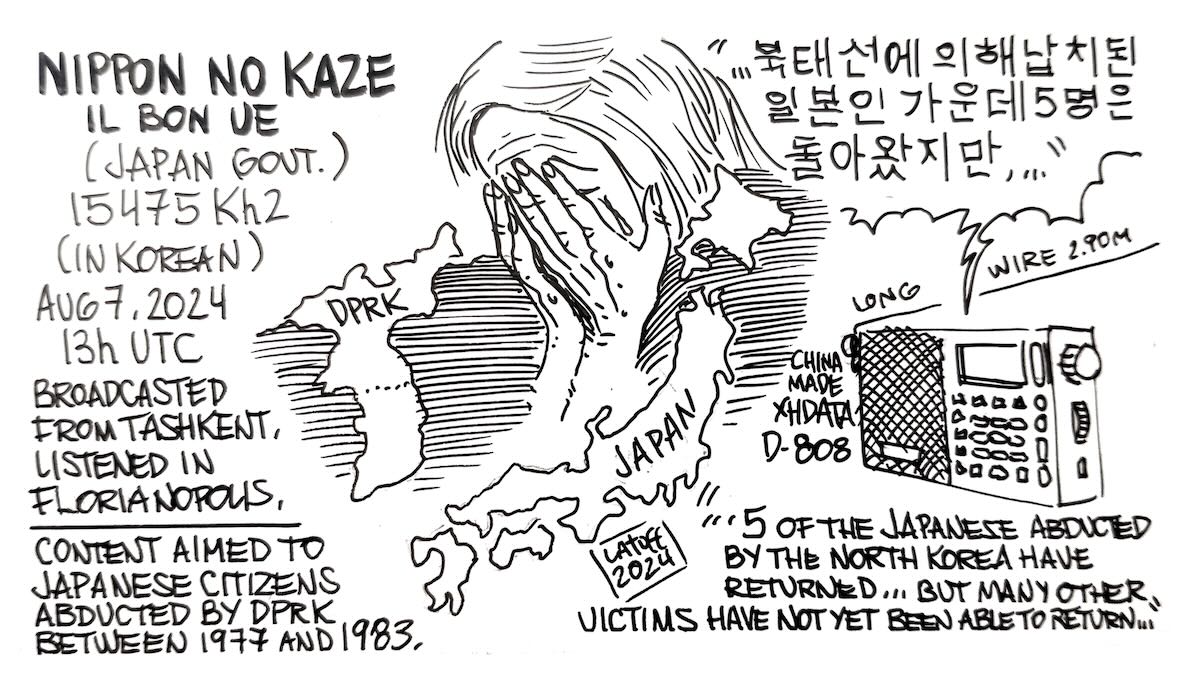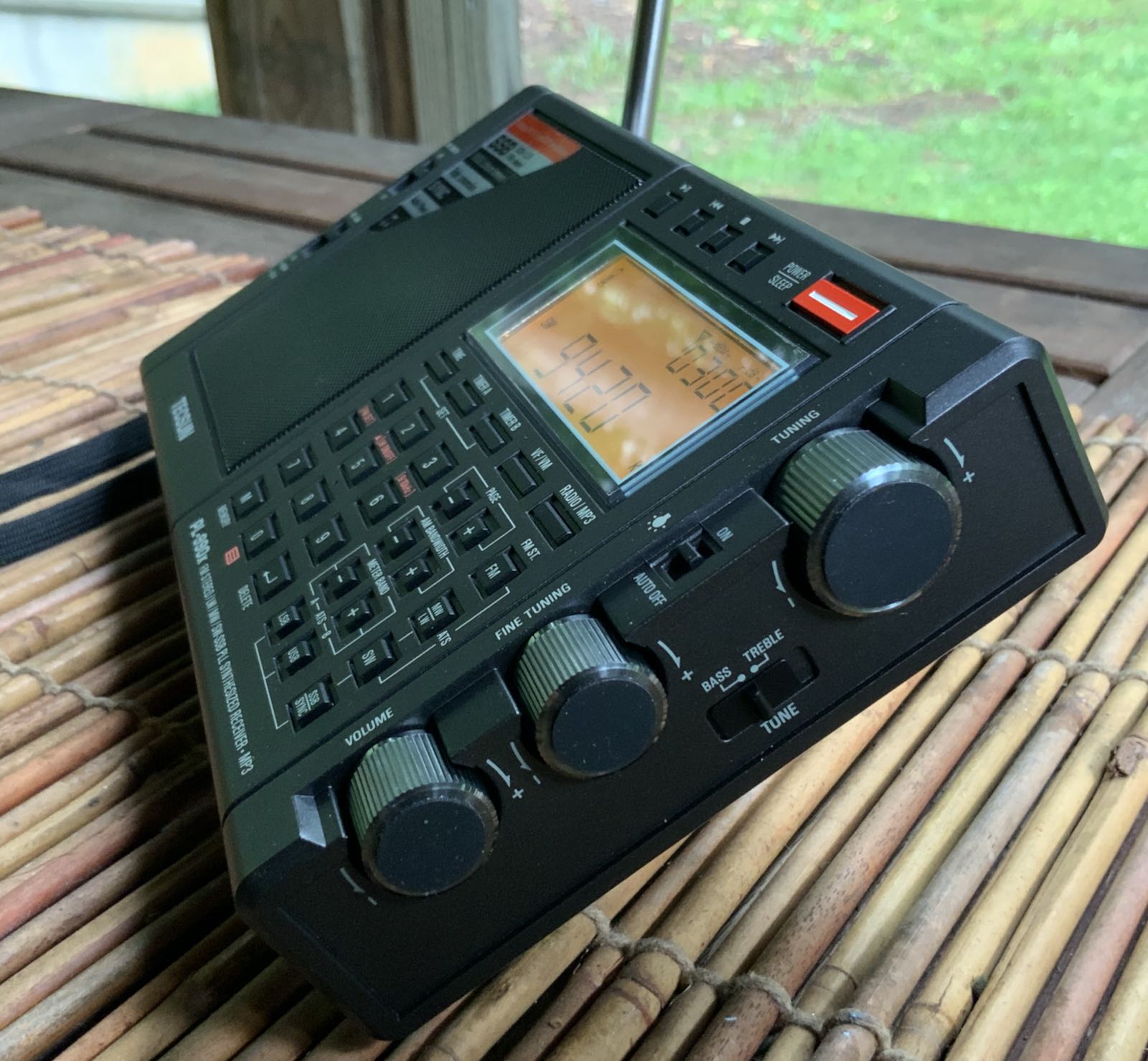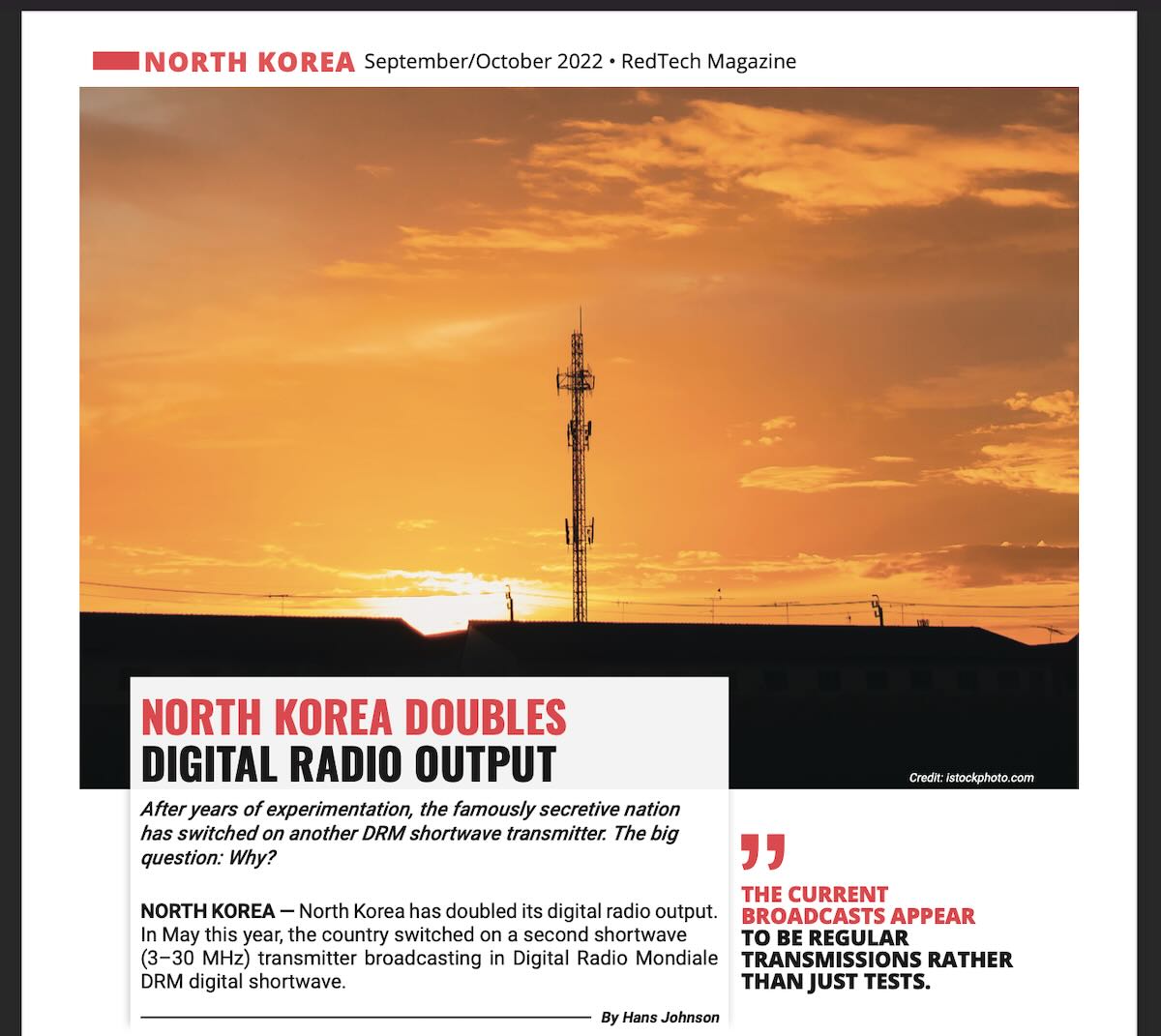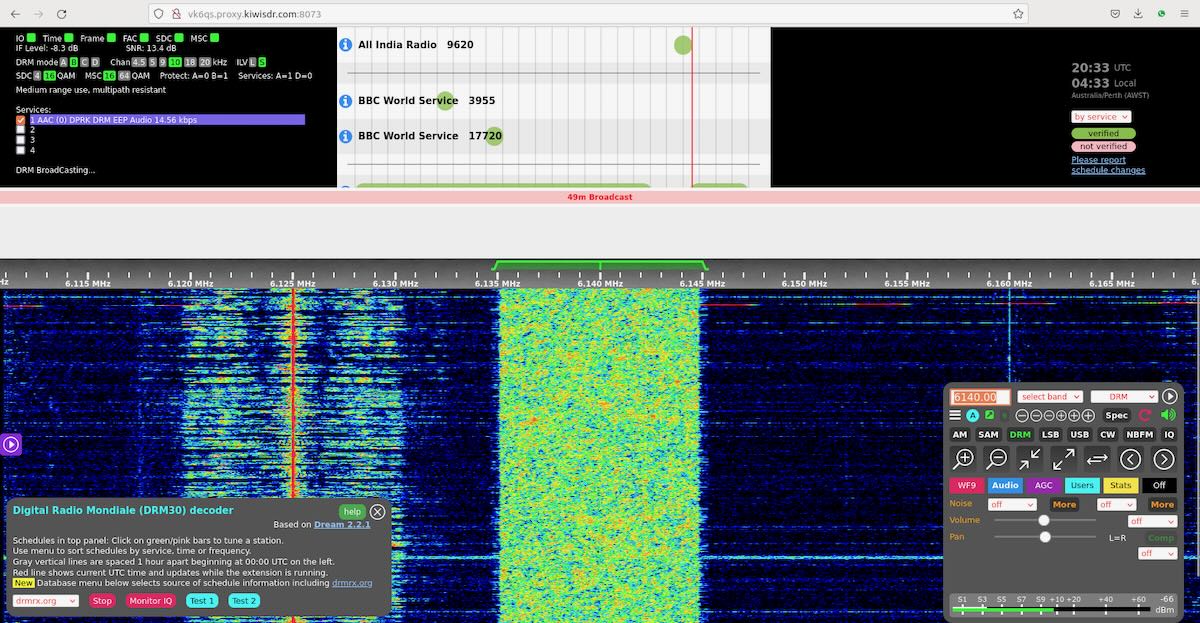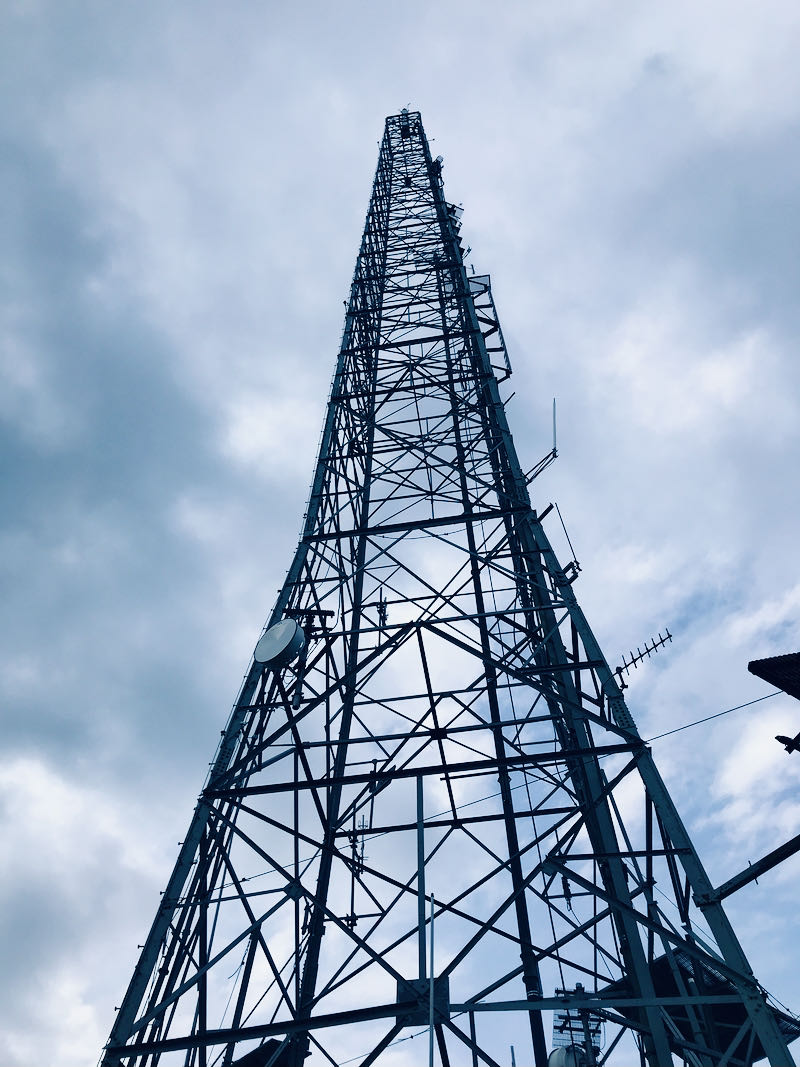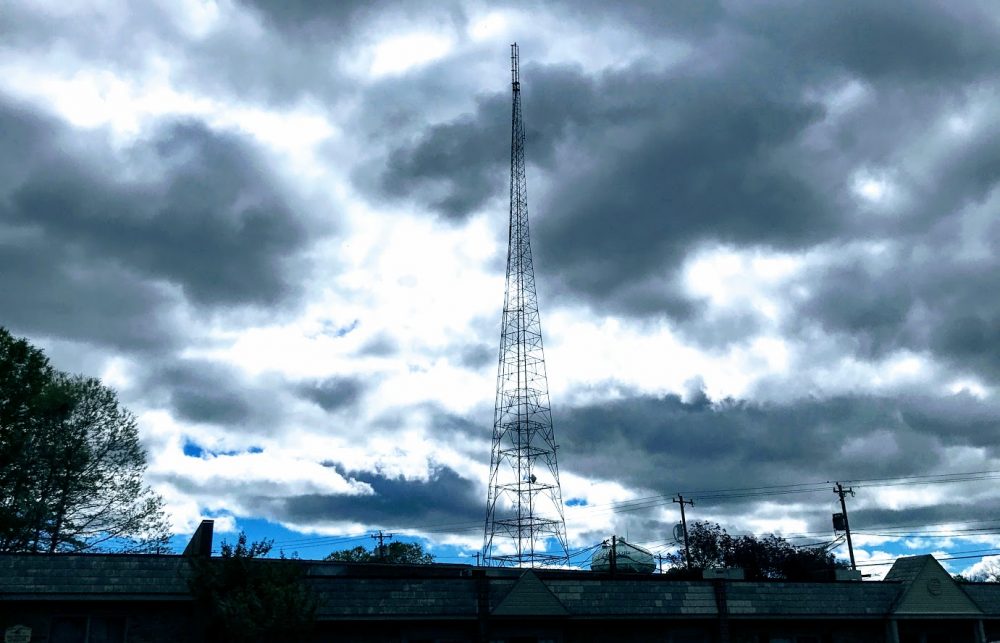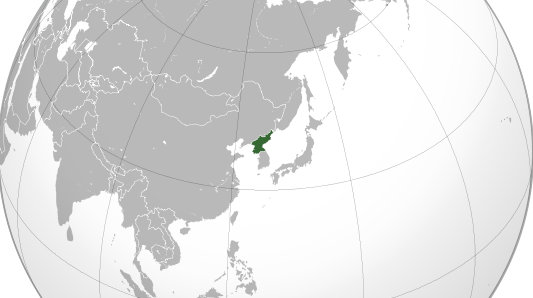 The Columbia Journalism Review investigates a little-known Voice of America television initiative that quietly broadcast into North Korea from South Korea—until it was recently shut down. The article explores how this short-lived program, launched during the Biden administration, came to an abrupt end under new leadership at the U.S. Agency for Global Media. It raises questions about the shifting priorities in U.S. international broadcasting and how those changes may impact efforts to reach audiences in one of the world’s most closed societies.
The Columbia Journalism Review investigates a little-known Voice of America television initiative that quietly broadcast into North Korea from South Korea—until it was recently shut down. The article explores how this short-lived program, launched during the Biden administration, came to an abrupt end under new leadership at the U.S. Agency for Global Media. It raises questions about the shifting priorities in U.S. international broadcasting and how those changes may impact efforts to reach audiences in one of the world’s most closed societies.
Tag Archives: DPRK
Carlos’ Shortwave Art and Recordings of Furusato No Kaze & Nippon No Kaze il bon ue broadcasts
Many thanks to SWLing Post contributor and noted political cartoonist, Carlos Latuff, who shares his radio log art of these Furusato No Kaze and Nippon No Kaze il bon ue broadcasts:
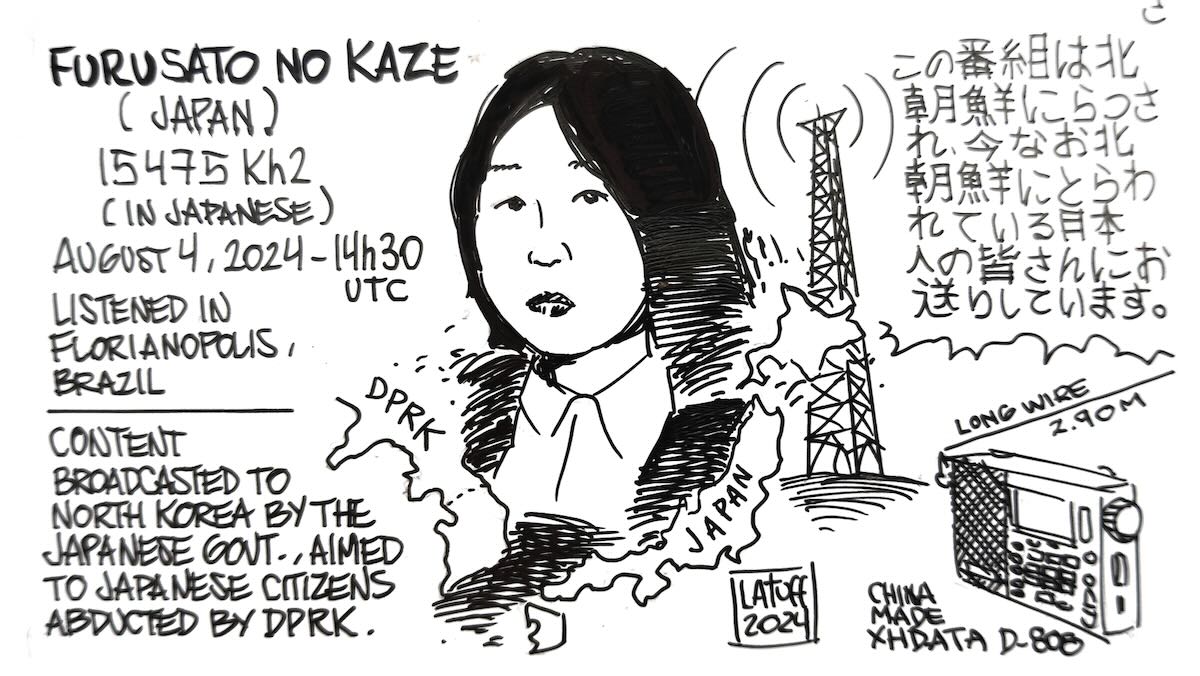
Carlos notes:
Opening of Japanese government shortwave radio programs aimed at Japanese citizens abducted by DPRK between 1977 and 1983: “Furusato No Kaze” (in Japanese) and “Nippon No Kaze il bon ue” (in Korean). Broadcasted from a transmitter in Tashkent, Uzbekistan, and listened in Florianopolis, Brazil.
Furusato No Kaze
Click here to listen on YouTube.
Nippon No Kaze il bon ue
Radio Waves: WRMI Damaged by Ian, VOK Podcast, and North Korea Increases DRM
Radio Waves: Stories Making Waves in the World of Radio
Welcome to the SWLing Post’s Radio Waves, a collection of links to interesting stories making waves in the world of radio. Enjoy!
Shortwave Station WRMI Damaged by Ian (Radio World)
The vast Okeechobee, Fla., antenna farm of privately-owned WRMI, which transmits programming to the world via shortwave radio, was hit hard by Hurricane Ian.
WRMI has 14 transmitters and 23 antenna systems. “We had winds up around 100 miles per hour, and that did a real number on our antenna field,” said Jeff White, general manager of WRMI.
“So far we have three antennas that are probably destroyed beyond repair: one to Europe, one to Africa and one to Central America and the South Pacific.”
As pressing as rebuilding these three antennas is for WRMI, “The biggest job we have at the moment is putting back up dozens of telephone poles that carry the transmission lines from the transmitter building to the antennas,” said White. [Continue read at Radio World…]
>>–Click here to donate to WRMI’s Hurricane Relief Fund.–<<
Voice of Korea programming available as a podcast
Many thanks to SWLing Post contributor, Alex, who notes that some of VOK’s language services are now available in podcast form. If you wish to hear some old school propaganda in high fidelity, this is a good way to do so: check it out on Castbox.
North Korea Doubles Digital Radio Output (Red Tech)
After years of experimentation, the famously secretive nation has switched on another DRM shortwave transmitter. The big question: Why?
Click here to read the full story in Red Tech’s latest issue (see page 12) or click here for page 12 only.
Do you enjoy the SWLing Post?
Please consider supporting us via Patreon or our Coffee Fund!
Your support makes articles like this one possible. Thank you!
Voice of Korea via Digital Radio Mondiale (DRM)?
 Many thanks to SWLing Post contributor, Paul Jamet, who writes:
Many thanks to SWLing Post contributor, Paul Jamet, who writes:
Hi Thomas,
Several listeners have posted videos on YouTube about receiving broadcasts of “The Voice of Korea” on 6140 kHz DRM – Digital Radio Mondiale.
One video in particular caught my attention, from Indian listeners in the Kerala region:
Indeed, these headphones use a Chinese receiver, the G-226 from GOSPELL which is also sold by TECSUN in Australia: https://www.tecsunradios.com.au/store/product/tecsun-drm-radio/
So, you can see how this receiver works.
All this has aroused my curiosity! And yesterday, Friday 17 June 2022, at 20:00 UTC I connected to several kiwi SDRs in the Pacific area. The DRKP signal could be picked up almost 8,000 km from the transmitter site near Pyong-Yang.
Here attached a screenshot and an audio file recorded with a kiwi SDR located a few kilometres away near Perth, Australia – Distance according to Google Maps, about 7960 km
The signal is encoded in AAC and not xHE AAC
[Audio: Note that the audio level jumps several times, so don’t turn up the volume too high.]
Who is this program for? According to Indian radio listeners, probably to the North Korean fleet in the Pacific. To be continued.
Have a nice weekend. Yours sincerely
Paul JAMET
I would have never guessed VOK would broadcast in DRM. Very interesting indeed. Perhaps we’ll learn more about this with time or someone can confirm whether or not this is actually VOK. Thank you for sharing this, Paul!
Carlos’ Shortwave Art and Recording of the Voice of Korea (12 Jan 2022)
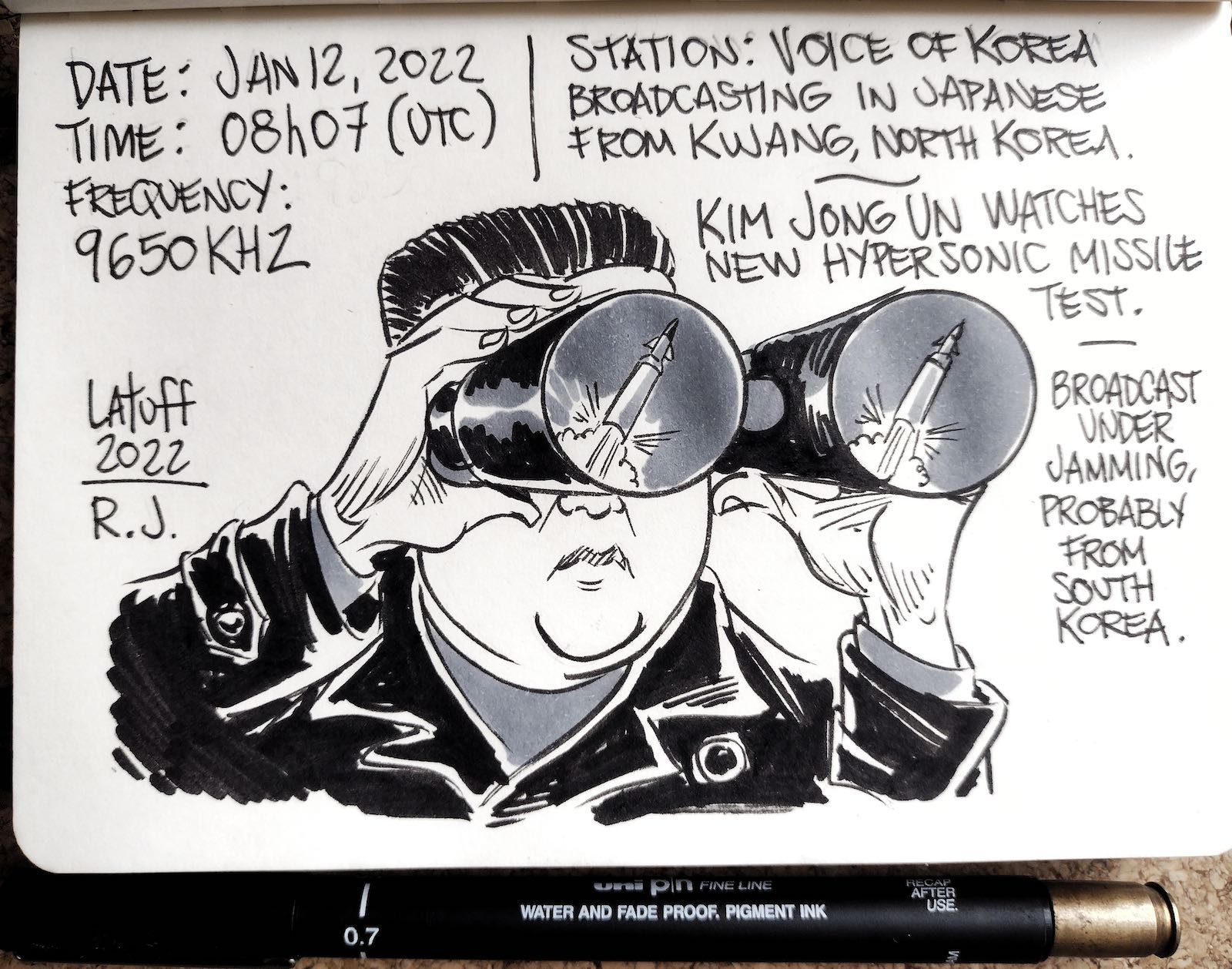 Many thanks to SWLing Post contributor and noted political cartoonist, Carlos Latuff, who shares yet another example of his radio log art, this time for The Voice of Korea.
Many thanks to SWLing Post contributor and noted political cartoonist, Carlos Latuff, who shares yet another example of his radio log art, this time for The Voice of Korea.
Carlos notes:
Voice of Korea, 9650 kHz, broadcasting in Japanese from Kujang, North Korea.
Newsletter: Kim Jong Un watches test of new hypersonic ballistic missile.
Transmission with jamming, probably from South Korea.
Signal captured in Rio de Janeiro, 01/12/2022, 05:07, local time.
Radio Waves: North Korea Fights Outside Influence, Phishing Scam Uses Morse Code, The Power of Radio, and Afghanistan International TV
Radio Waves: Stories Making Waves in the World of Radio
Because I keep my ear to the waves, as well as receive many tips from others who do the same, I find myself privy to radio-related stories that might interest SWLing Post readers. To that end: Welcome to the SWLing Post’s Radio Waves, a collection of links to interesting stories making waves in the world of radio. Enjoy!
That’s ‘Comrade’ To You! North Korea Fights To Purge Outside Influences On Language (NPR)
SEOUL — In the show Crash Landing on You, a rich South Korean woman accidentally paraglides into North Korea, where she is rescued by an army officer and falls in love with him. The series, which was released on Netflix in 2019, was a hit across the Korean Peninsula — including in the North, where it circulated on smuggled thumb drives.
“It created quite a stir, with Kim Jong Un even forbidding people from watching it,” says Kang Nara, a North Korean defector in Seoul who served as a consultant to the show.
That’s not surprising, as all South Korean content is effectively banned in North Korea.
Kang says she found Crash Landing on You appealing for its realistic depictions of life in the North, including the language. As in real life, North Koreans in the drama, for example, call their intimate partners “comrade” instead of “honey.”
But differences in language from the South are a sensitive issue for the North Korean regime. It has fought for more than half a century to purge North Korea’s language of foreign influences, and for roughly two decades to keep out southern-style expressions that northerners are gleaning from bootlegged South Korean TV dramas, movies and K-pop music. [Continue reading…]
Microsoft catches hackers using Morse Code to help cover their tracks (CyberScoop)
Clever hackers use a range of techniques to cover their tracks on a target computer, from benign-looking communication protocols to self-erasing software programs.
It’s not very often, though, that digital attackers turn to Morse Code, a 177-year-old signaling system, for operational security. Yet that’s exactly what played a part in a year-long phishing campaign that Microsoft researchers outlined on Thursday.
Morse Code — a method of representing characters with dots and dashes popularized by telegraph technology — was one of several methods that the hackers, whom Microsoft did not identify, used to obscure malicious software. It’s a reminder that, for all of their complexities, modern offensive and defensive cyber measures often rest on the simple concept of concealing and cracking code. Continue reading
Radio Waves: Keeping CA Wildfires at Bay, 50 Years of KNOM, 24-Hour Saudi Radio Urdu Service, New Comms for Navy Subs, and North Korea Cracks Down on TV
Radio Waves: Stories Making Waves in the World of Radio
Because I keep my ear to the waves, as well as receive many tips from others who do the same, I find myself privy to radio-related stories that might interest SWLing Post readers. To that end: Welcome to the SWLing Post’s Radio Waves, a collection of links to interesting stories making waves in the world of radio. Enjoy!
Many thanks to SWLing Post contributors Peter Abzug, David Iurescia, and Dan Robinson for the following tips:
How A Group Of Dedicated Volunteers Are Keeping California’s Wildfires At Bay (NPR)
The Los Angeles Fire Department depends on help from amateur radio volunteers when fire threatens communications infrastructure. NPR looks at how ham radio operators are keeping residents safe.
50 years of KNOM Radio Mission (KNOM)
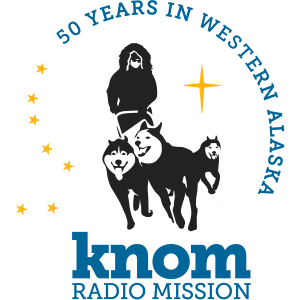 Whether you’ve been with us since the beginning, or you’re just getting to know us: it’s you, and your faithful support, that has made KNOM America’s oldest Catholic radio station. Thank you!
Whether you’ve been with us since the beginning, or you’re just getting to know us: it’s you, and your faithful support, that has made KNOM America’s oldest Catholic radio station. Thank you!
KNOM has been broadcasting in Western Alaska since July 14th, 1971, when the station could first be heard in Western Alaska.
The continuing mission has been possible only by the hard work, sacrifice, dedication, and love of thousands of people: our staff and volunteers, listeners and community members, and thousands of loyal benefactors across the nation who keep the lights on and the transmitters running. KNOM stands on their shoulders.
[…]Fifty years into KNOM’s history, the radio station is deeply embedded in Western Alaska. As we look to the future, KNOM’s vision is to one day be ‘taken over’ by the region – existing entirely for, and by, Western Alaskans. As the very first song ever played on KNOM – “We’ve Only Just Begun”, by The Carpenters – proclaims, the mission is just getting started.
KNOM continues to live out its values each day – as it has for five decades – as a friend and companion offering respectful service based on Catholic ideals. It is centered on the four cornerstones of the mission: Encountering Christ, Embracing Culture, Empowering Growth, and Engaging the Listener.
KNOM continues in sharing God’s love for Western Alaska through embracing its strength and beauty and being invested, long-term, in the growth of the region.
By engaging each listener with respect and companionship, KNOM hopes to amplify stories of hope, courage, and resiliency in Western Alaska.
Click here for stories and features on the KNOM 50th Anniversary Page.
Saudi Radio To Launch 24-Hour Urdu Transmission (Bol News)
JEDDAH: The Saudi Radio plans to launch test transmission of a 24-hour Urdu service from the middle of September 2021, while the services will be formally launched on September 23, a Saudi official said.
The transmission will include programmes on Islam, the holy Quran, Ahadis and historical and world affairs.
Saudi Broadcasting Authority deputy chairman Faisal Ilyafi said this, while talking to a delegation of the Pakistan Journalists Forum (PJF).
The world transmission was started from the holy city of Makkah in September 1950 with a 15-minute slot for the Urdu programme, he said, and stressed that it is the need of the hour to face challenges and keep ourselves abreast of the changes in media.
The Saudi Urdu transmission has decided to continue its transmission on social media, such as Instagram, Facebook, YouTube, FM, Shortwave, Satellite, and Twitter, he added.
Saudi Crown Prince Mohammed bin Salman has given approval to the project under the supervision of Media Minister Dr Majid bin Abdullah Al Qasabi, he said, adding that the Saudi Information Ministry has also made several other languages part of the project.
The deputy chairman said any language has a supreme significance to disseminate news-cum-events, that’s why many foreign languages such as Russian, Spanish, Japanese, Hebrew and Chinese would be part of the transmission.[…]
Communication Breakdown: Navy Submarines Need a New Way to Talk to Each Other (The National Interest)
Sea water diminishes the power of electrical transmission, challenges identified many years ago by the Navy and some of its partners who have been working on under communication for decades such as Northrop Grumman.
As Navy innovators work intensely to pioneer new methods of undersea communication, many might wish to reflect upon the decades of technical challenges associated with bringing any kind of undersea real-time connectivity to submarine operations. Historically, certain kinds of low-frequency radio have enabled limited degrees of slow, more general kinds of communication, yet by and large submarines have had to surface to at least periscope depth to achieve any kind of substantial connectivity.
The advent of new kinds of transport layer communications, coupled with emerging technologies woven into unmanned systems, are beginning to introduce potential new avenues of data processing and transmission intended to bring greater degrees of real-time undersea data transmission to fruition.
Sea water diminishes the power of electrical transmission, challenges identified many years ago by the Navy and some of its partners who have been working on under communication for decades such as Northrop Grumman. Northrop’s efforts date back to the World War II era and, along with the Navy and other industry contributors, helped pioneer the innovations that helped adapt RF communications architecture to sonar today. Considering this history, there are some interesting synergies woven through various elements of undersea warfare radio communications.
A 2014 essay by Carlos Altgelt, titled “The World’s Largest “Radio” Station,” details some of the historic elements of how the U.S. Navy pursued Extremely Low Frequency (ELF) undersea connectivity. Through its discussion of low-frequency ELF connectivity, the essay explains the technical challenges associated with undersea communication, which seem to align with how Northrop Grumman innovators describe how undersea communications will need to largely evolve in the areas of acoustics and optics.
As Altgelt notes: “As a result of the high electrical conductivity of sea water, signals are attenuated rapidly as they propagate downward through it. In effect, sea water ‘hides’ the submarine from detection while simultaneously preventing it from communicating with the outside world through conventional high-frequency radio transmissions. In order to receive these, a submarine must travel at slow speed and be near the surface, unfortunately, both of these situations make a submarine more susceptible to enemy detection.”[…]
North Korean capital cracks down on illegal TVs to prevent access to South Korean broadcasts (RFA via the Southgate ARC)
Each Pyongyang household must report the number of TVs they own, and they face stiff punishments for hiding them
North Korea has ordered residents of the capital Pyongang to report the number of televisions in each household to stop them from watching banned shows from prosperous, democratic South Korea, sources in the country told RFA.
In North Korea, access to media from the outside world is strictly controlled, and TVs and radios are manufactured to only pick up domestic channels and must be registered with the authorities. But residents do find ways to access South Korean signals, either by using foreign televisions or modifying domestic ones.
Getting caught during routine inspections with a TV that can pick up illegal signals is a punishable offense. Residents with more than one television hide their illegal TVs during inspections, only to bring them out again to watch Seoul’s latest hot drama or variety show, former residents told RFA.
Authorities are aware of the deception and have issued a directive that every household in the city declare to their local neighborhood watch unit how many televisions they have.
“Residents are trying to hide them, but the judicial authorities are trying to find them. They are looking for TVs that can get South Korean TV channels in addition to the ‘official’ channels,” said a resident of Pyongyang, who requested anonymity for security reasons.
“Everyone knows that in Pyongyang, South Korean TV signals can be picked up in various areas,” the source said. He mentioned the Mangyongdae and Rangrang districts in the center of the city of 2.8 million.
In these areas the residents have been known to have two or three televisions in their homes, so they can watch the legal channels during inspections and watch South Korean broadcasts in secret,” the source said.
The source said that residents have developed clever ways to hide their illegal TVs.
Read more from this very interesting Radio Free Asia article:
https://www.rfa.org/english/news/korea/tv-05252021155129.html
Do you enjoy the SWLing Post?
Please consider supporting us via Patreon or our Coffee Fund!
Your support makes articles like this one possible. Thank you!

